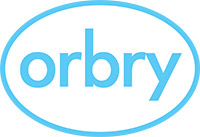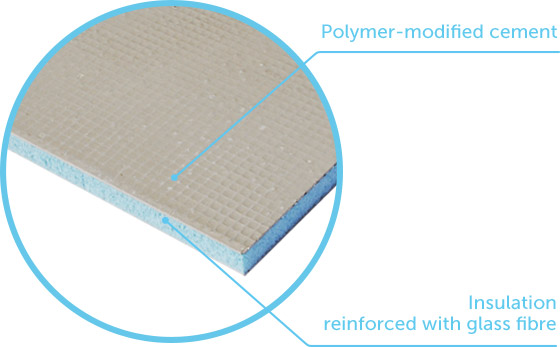This method is suitable when the walls are flat and true.
Spread a rapid setting, flexible, cement-based C2 category tile adhesive evenly onto the wall. Put the board on the wall and press firmly into position before adjusting with a spirit level to ensure that it’s flat and level. Try to avoid having any air gaps between the Orbry Board and the wall to eliminate the chance of interstitial condensation. Need Help feel free to contact us Here or pop in and see one of our specialists









